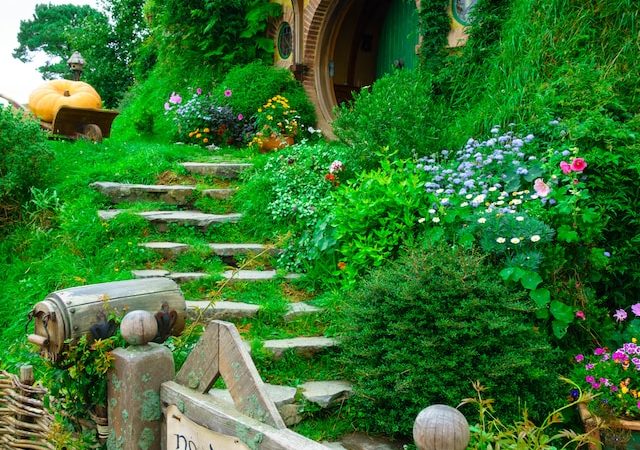Introduction: Creating a herb garden in your outdoor space is a wonderful way to enhance its beauty and productivity. Not only do herb gardens add a touch of greenery and fragrance to your surroundings, but they also provide you with fresh herbs for culinary delights and various other purposes. In this article, we will explore
Introduction:
Creating a herb garden in your outdoor space is a wonderful way to enhance its beauty and productivity. Not only do herb gardens add a touch of greenery and fragrance to your surroundings, but they also provide you with fresh herbs for culinary delights and various other purposes. In this article, we will explore the steps to transform your outdoors into a beautiful and productive herb garden.
1. Choosing the Right Location:
The first step in creating a herb garden is selecting the right location. Most herbs thrive in areas that receive at least six hours of sunlight per day. Look for a spot in your garden that gets ample sunlight and has well-drained soil. If you have limited space, consider using containers or vertical gardening techniques to maximize your herb-growing potential.
2. Selecting the Herbs:
Once you have chosen the location, it’s time to select the herbs you want to grow. Consider your culinary preferences and the herbs you frequently use in your cooking. Popular choices for herb gardens include basil, rosemary, thyme, mint, parsley, and cilantro. Additionally, you can also include medicinal herbs like lavender and chamomile for their soothing properties.
3. Planning and Designing:
Before planting your herbs, it’s essential to plan and design your herb garden. Consider the layout, spacing, and arrangement of the herbs. Group herbs with similar water and sunlight requirements together to ensure optimal growth. You can also incorporate decorative elements like pathways, raised beds, or trellises to add visual appeal to your garden.
4. Preparing the Soil:
Preparing the soil is crucial for the success of your herb garden. Herbs generally prefer well-drained soil with a pH level between 6 and 7. Amend the soil with organic matter like compost or aged manure to improve its fertility and drainage. Remove any weeds or grass from the planting area and loosen the soil to a depth of 8-10 inches.
5. Planting and Caring for Herbs:
Once the soil is prepared, it’s time to plant your herbs. Dig holes that are slightly larger than the root ball of each herb and gently place them in the holes. Fill the gaps with soil and press it down firmly around the plants. Water the herbs thoroughly after planting and continue to water them regularly, keeping the soil moist but not waterlogged. Mulching around the plants can help retain moisture and suppress weed growth.
6. Maintenance and Harvesting:
To ensure the productivity of your herb garden, regular maintenance is necessary. Prune the herbs regularly to encourage bushier growth and prevent them from becoming leggy. Remove any dead or yellowing leaves to maintain the overall health of the plants. Harvest the herbs when they are at their peak flavor and fragrance. Regular harvesting will also promote new growth and ensure a continuous supply of fresh herbs.
Conclusion:
Transforming your outdoors with a beautiful and productive herb garden is a rewarding endeavor. By choosing the right location, selecting suitable herbs, planning the layout, preparing the soil, and providing proper care, you can create a thriving herb garden that adds beauty, fragrance, and flavor to your outdoor space. So, roll up your sleeves, get your gardening tools ready, and embark on this delightful journey of creating your own herb garden.

















Leave a Comment
Your email address will not be published. Required fields are marked with *